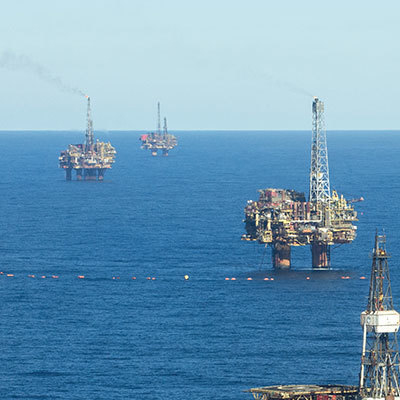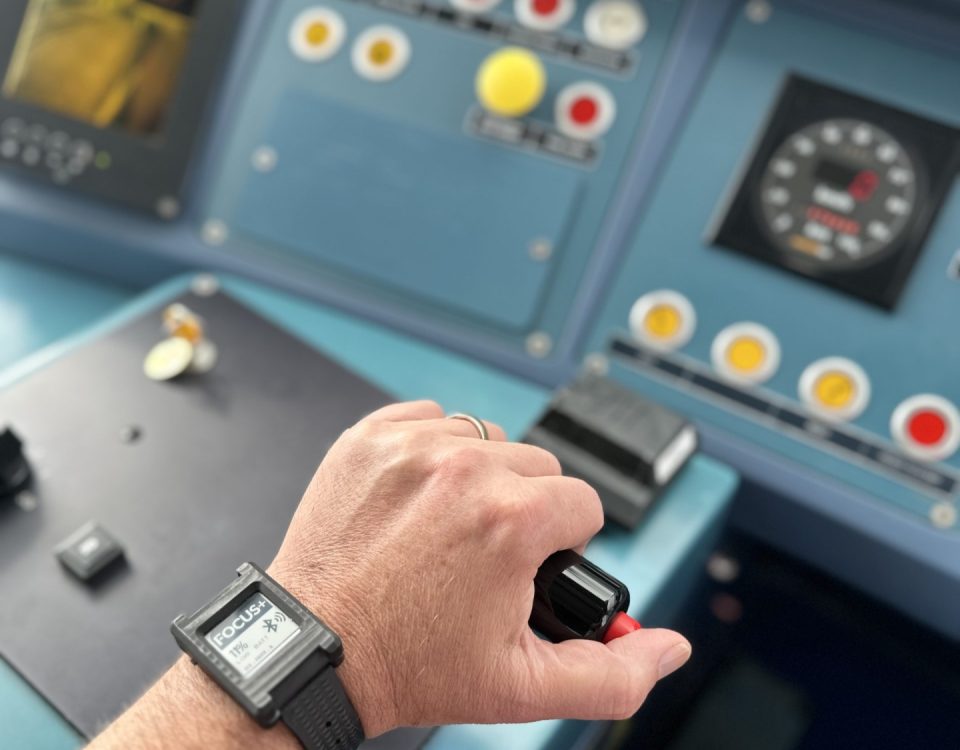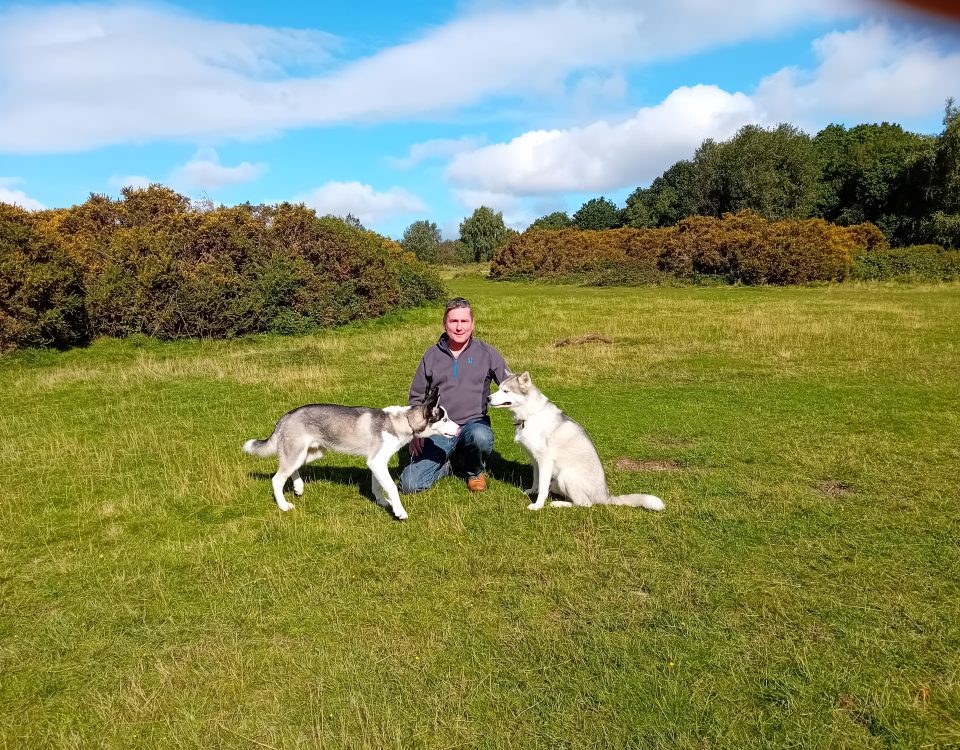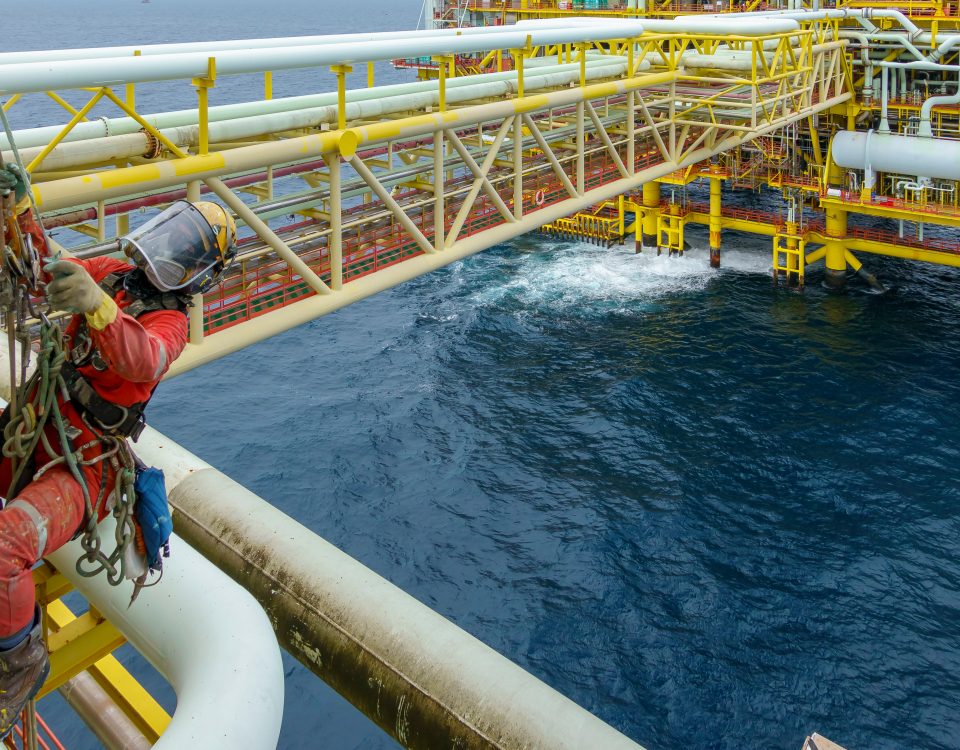Developing Marginal Oil Fields – The Human Factors
The North Sea may hold over £40 billion in ‘unforeseen’ oil revenues in fields which have been rejected as too costly previously, but could now be made profitable with new exploration and recovery technologies. With no significant oil field discovered for five years in the North Sea region, marginal fields, estimated to hold about 1.2 billion barrels of oil, are now being viewed as a significant way forward in an energy hungry world.
Oil production levels in the North Sea have been declining since we entered the 21st century. It is estimated that anywhere between 12 to 21 billion barrels are thought to remain, with 41 billion already recovered. This makes the 1.2 billion barrels held in the smaller fields vital to the industry’s future. A recent report on the future of the industry by analysts at RMRI Consulting claims that: “A huge market with unforeseen potential exists which can be unlocked by applying proven, innovative production systems to achieve significant cost savings and early production delivery.” *
Casting the net wider
This new technology enables the industry to exploit these widely scattered oil fields which are generally small and often remote. Two new ‘low cost’ systems - the Unmanned Production Buoy (UPB) and Self-Installing Floating Tower (SIFT) - could provide cheaper solutions to the development of these small fields. Critically, in terms of financial success, these new technologies are both adaptable and, unlike some traditional rigs, can be easily redeployed. This means that they should be able to be used in multiple marginal fields over the course of their working life.
Both SIFT’s and UPD’s have been developed to make remote oil fields a profitable option and both systems are designed to be generally unmanned. But rather than negate the importance of managing the Human Factors for this new aspect of the industry, a new set of considerations are being generated.
Safety in an unmanned environment
Some of these new oil fields will be harder to reach and journey times could be longer and even more treacherous. Due to this, conditions on the new rigs could be even more unstable than on traditional rigs and, whilst they are capable of being operated wirelessly from an offshore central control, maintenance and monitoring of a SIFT’s structural integrity will be critical with a regular auditing and safety inspection requirement.
The remoteness of these rigs will mean that oil, stored in the SIFT’s hull, will be transferred to shuttle tankers and then transferred again to an onshore refinery. The elimination of human error and safety will be even more important in this ‘unmanned’ environment. If you think safety is expensive, try having an accident… When a support vessel collided with Mumbai High North in 2005, rupturing a riser and causing a fire which destroyed the platform, the total cost was $195M. Imagine the public and environmental outcry if something similar happened to an unmanned rig.
How Human Factors Integration (HFI) can help
Managing Human Factors is essential to prevent major accidents. Training, processes, and awareness of the issues, all play their part. Not giving them the focus they deserve can cost money, reputation and potentially the continued existence of the business. Successful businesses achieve high productivity, quality, and cost effectiveness while ensuring health and safety is top of the agenda. Good technology, such as SIFT and UPD, has to be combined with the very best work systems available to achieve these goals and the best work systems are based on having a skilled workforce, with well-designed jobs that match their abilities.
Best practice will prove even more important in the unmanned world of remotely controlled oil extraction. IHF are proud of their experience gained from operating equipment in demanding environments. With clear, concise, well documented procedures, process maps, human dynamic training, and e-learning the development of marginal oil fields is a much safer and profitable proposition.
References
*source: http://www.proactiveinvestors.com.au/companies/news/56706/north-seas-marginal-fields-offer-opportunity-56706.html
Oil production levels in the North Sea have been declining since we entered the 21st century. It is estimated that anywhere between 12 to 21 billion barrels are thought to remain, with 41 billion already recovered. This makes the 1.2 billion barrels held in the smaller fields vital to the industry’s future. A recent report on the future of the industry by analysts at RMRI Consulting claims that: “A huge market with unforeseen potential exists which can be unlocked by applying proven, innovative production systems to achieve significant cost savings and early production delivery.” *
Casting the net wider
This new technology enables the industry to exploit these widely scattered oil fields which are generally small and often remote. Two new ‘low cost’ systems - the Unmanned Production Buoy (UPB) and Self-Installing Floating Tower (SIFT) - could provide cheaper solutions to the development of these small fields. Critically, in terms of financial success, these new technologies are both adaptable and, unlike some traditional rigs, can be easily redeployed. This means that they should be able to be used in multiple marginal fields over the course of their working life.
Both SIFT’s and UPD’s have been developed to make remote oil fields a profitable option and both systems are designed to be generally unmanned. But rather than negate the importance of managing the Human Factors for this new aspect of the industry, a new set of considerations are being generated.
Safety in an unmanned environment
Some of these new oil fields will be harder to reach and journey times could be longer and even more treacherous. Due to this, conditions on the new rigs could be even more unstable than on traditional rigs and, whilst they are capable of being operated wirelessly from an offshore central control, maintenance and monitoring of a SIFT’s structural integrity will be critical with a regular auditing and safety inspection requirement.
The remoteness of these rigs will mean that oil, stored in the SIFT’s hull, will be transferred to shuttle tankers and then transferred again to an onshore refinery. The elimination of human error and safety will be even more important in this ‘unmanned’ environment. If you think safety is expensive, try having an accident… When a support vessel collided with Mumbai High North in 2005, rupturing a riser and causing a fire which destroyed the platform, the total cost was $195M. Imagine the public and environmental outcry if something similar happened to an unmanned rig.
How Human Factors Integration (HFI) can help
Managing Human Factors is essential to prevent major accidents. Training, processes, and awareness of the issues, all play their part. Not giving them the focus they deserve can cost money, reputation and potentially the continued existence of the business. Successful businesses achieve high productivity, quality, and cost effectiveness while ensuring health and safety is top of the agenda. Good technology, such as SIFT and UPD, has to be combined with the very best work systems available to achieve these goals and the best work systems are based on having a skilled workforce, with well-designed jobs that match their abilities.
Best practice will prove even more important in the unmanned world of remotely controlled oil extraction. IHF are proud of their experience gained from operating equipment in demanding environments. With clear, concise, well documented procedures, process maps, human dynamic training, and e-learning the development of marginal oil fields is a much safer and profitable proposition.
References
*source: http://www.proactiveinvestors.com.au/companies/news/56706/north-seas-marginal-fields-offer-opportunity-56706.html




